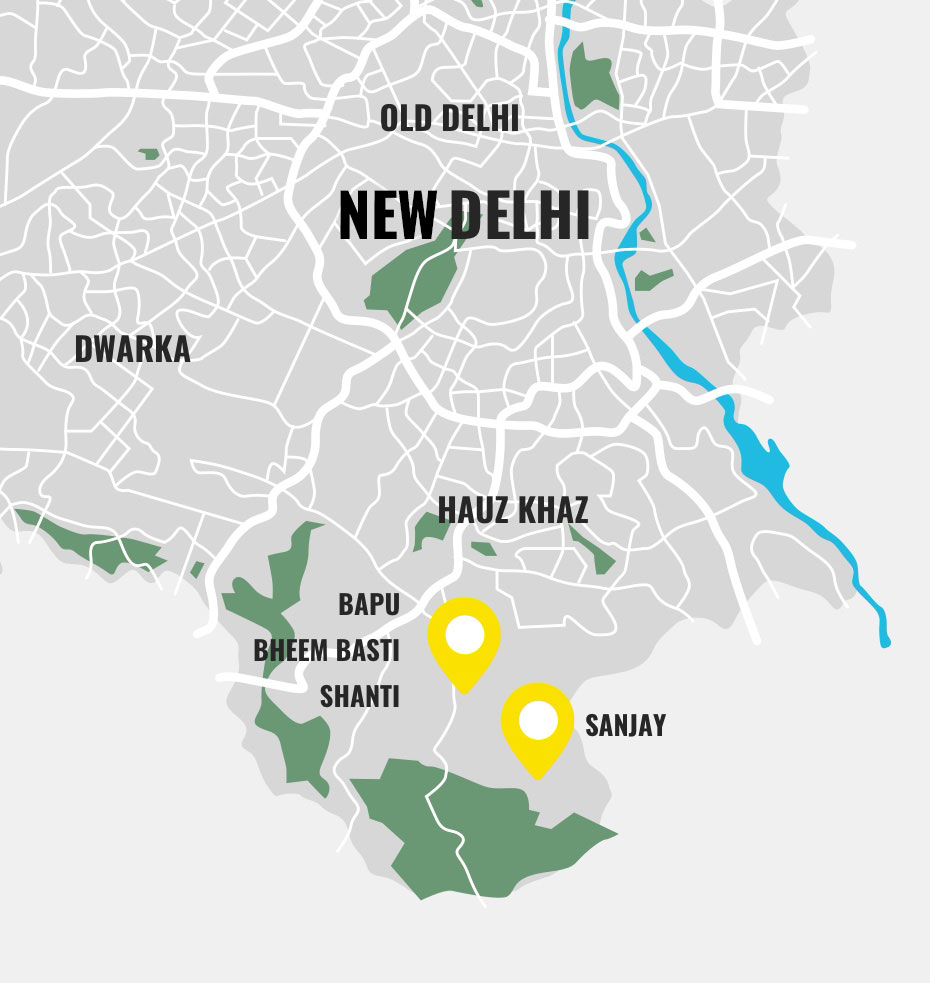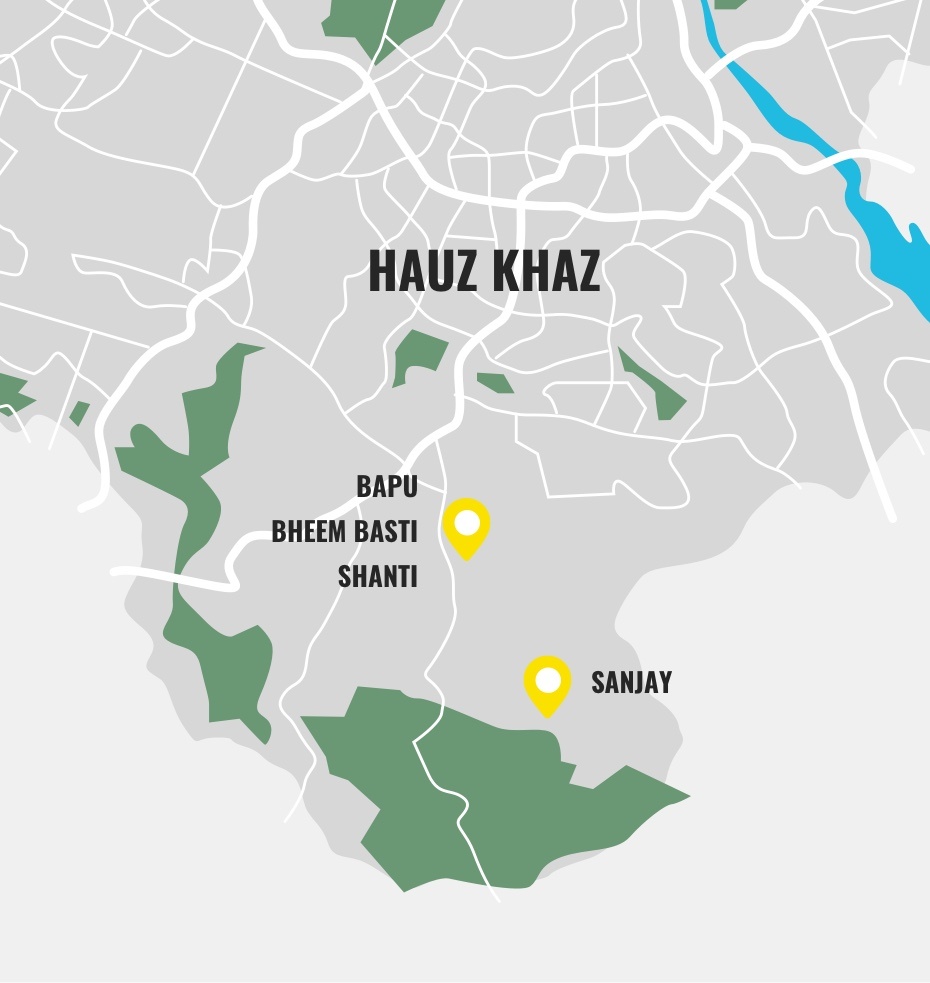

The lack of local livelihood opportunities leaves most people of these slums no other option than to travel to the main city or nearby suburbs to make their living. Although these areas are very much in the heart of south Delhi, the socio-economic conditions of the people living there are very hard – and even harder for their children.

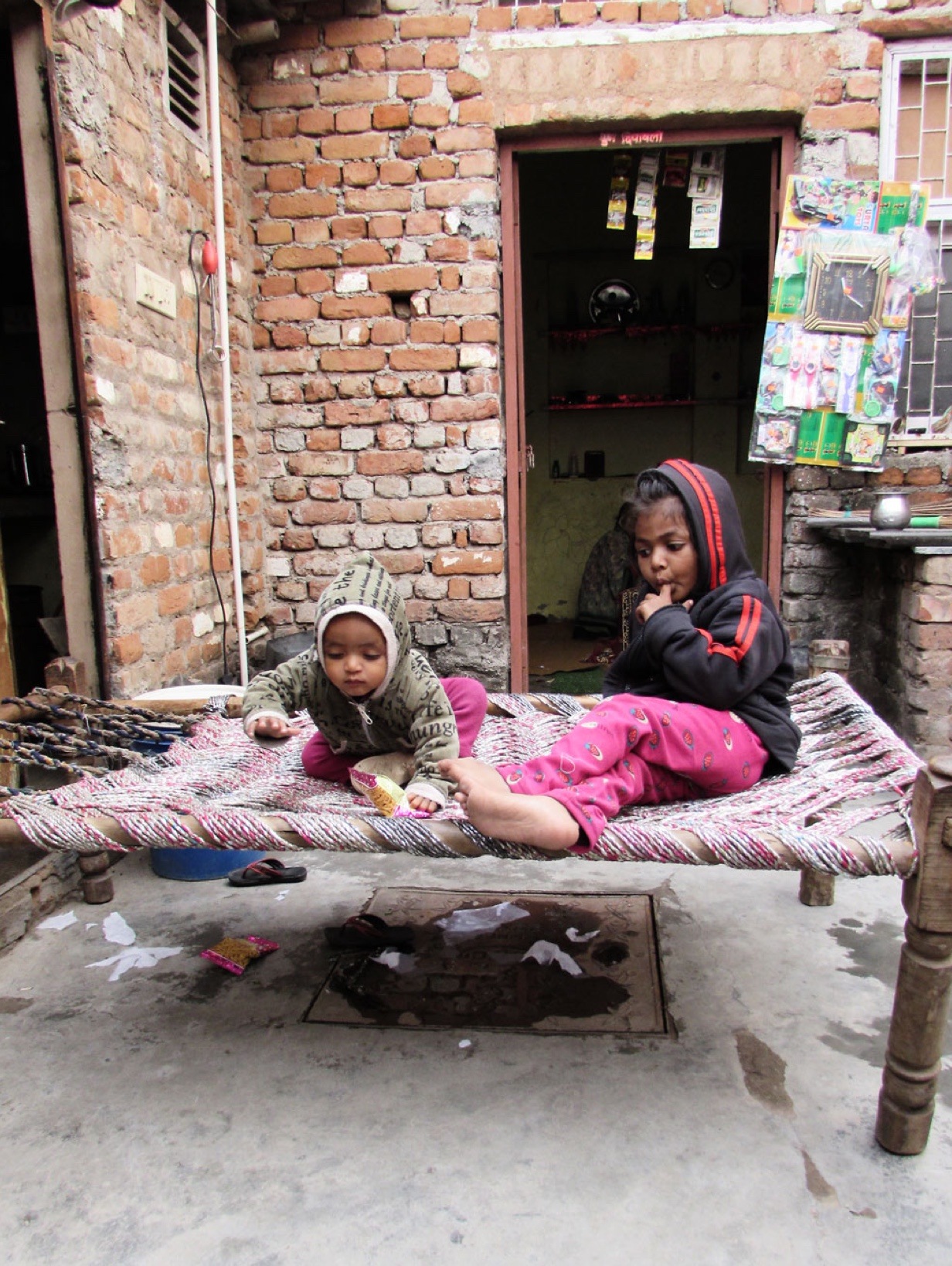
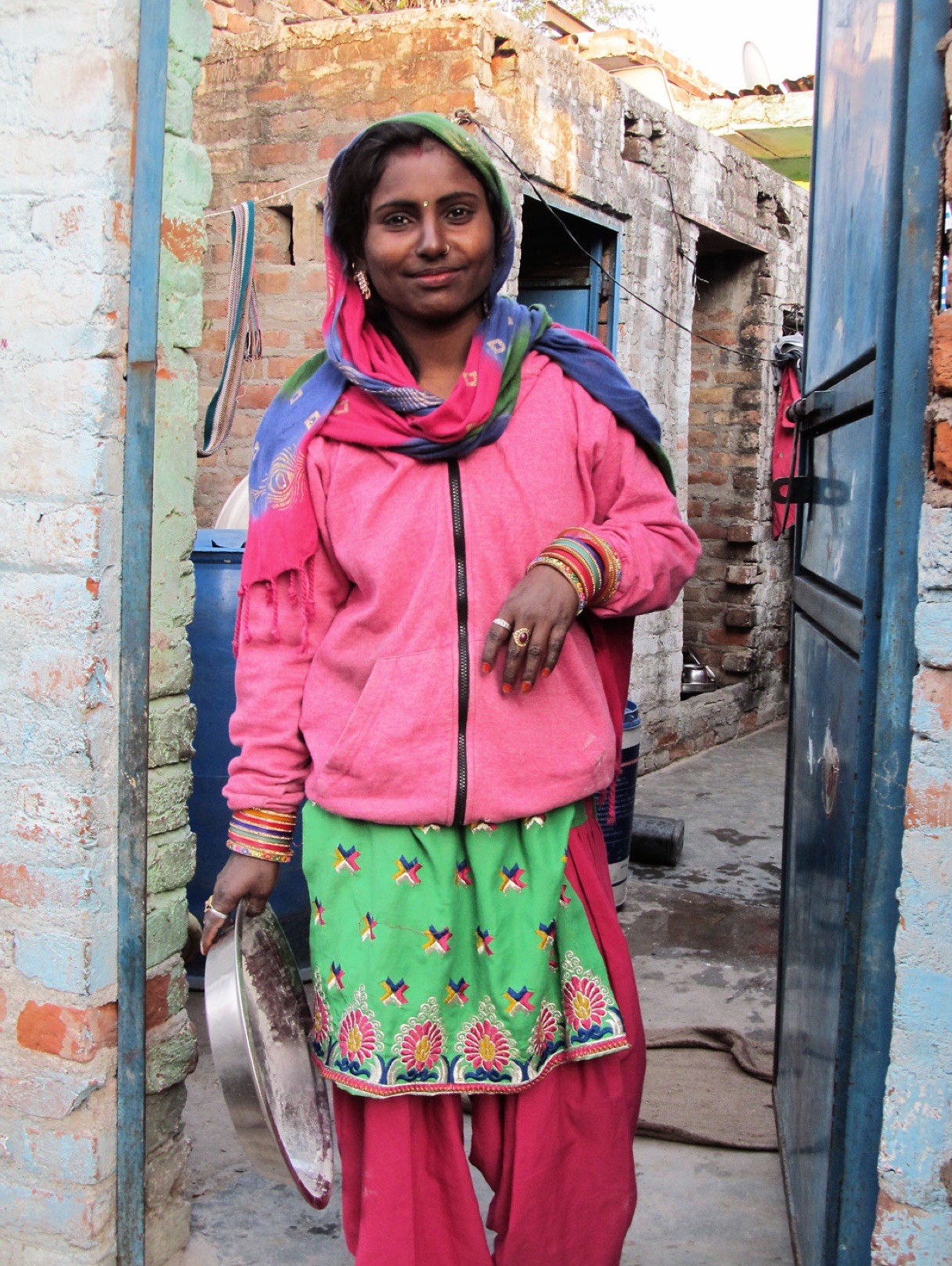

These slums are predominantly occupied by migrant rural population who came here years ago in search of a livelihood. Over the years, the temporary mud huts got replaced with brick walled rooms, but the basic character of the slums remained unchanged. The slums have poor basic amenities.
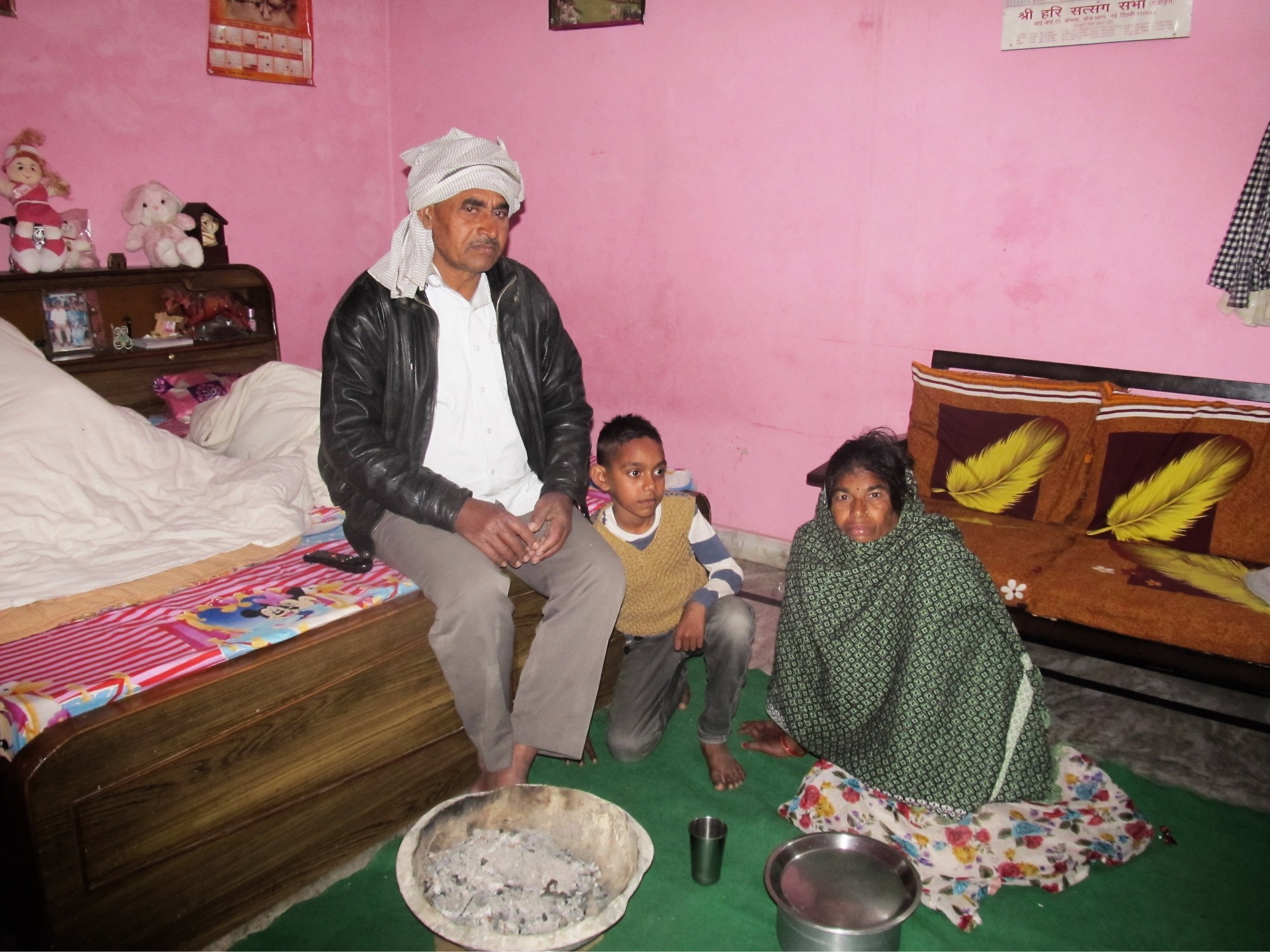
There is no piped water supply or sewer in these slums. People rely on water tankers which supply potable water. There is limited public transport services to these slums and the private transport facility is expensive. Hence commuting becomes a challenge for women, adolescents and those working on odd work shifts. There are senior secondary government schools in the area where almost all children of these slums go. These are co-education schools.


FIELD OF OPERATION
The communities we are taking care of are unauthorized settlements located in the green belt of Delhi. The communities are Bapu Camp, Sambhav Colony, Bheem Basti, Veeru Camp and Shanti Colony which are quite close to each other and a Colony called Sanjay Colony which is a little more far ahead.
